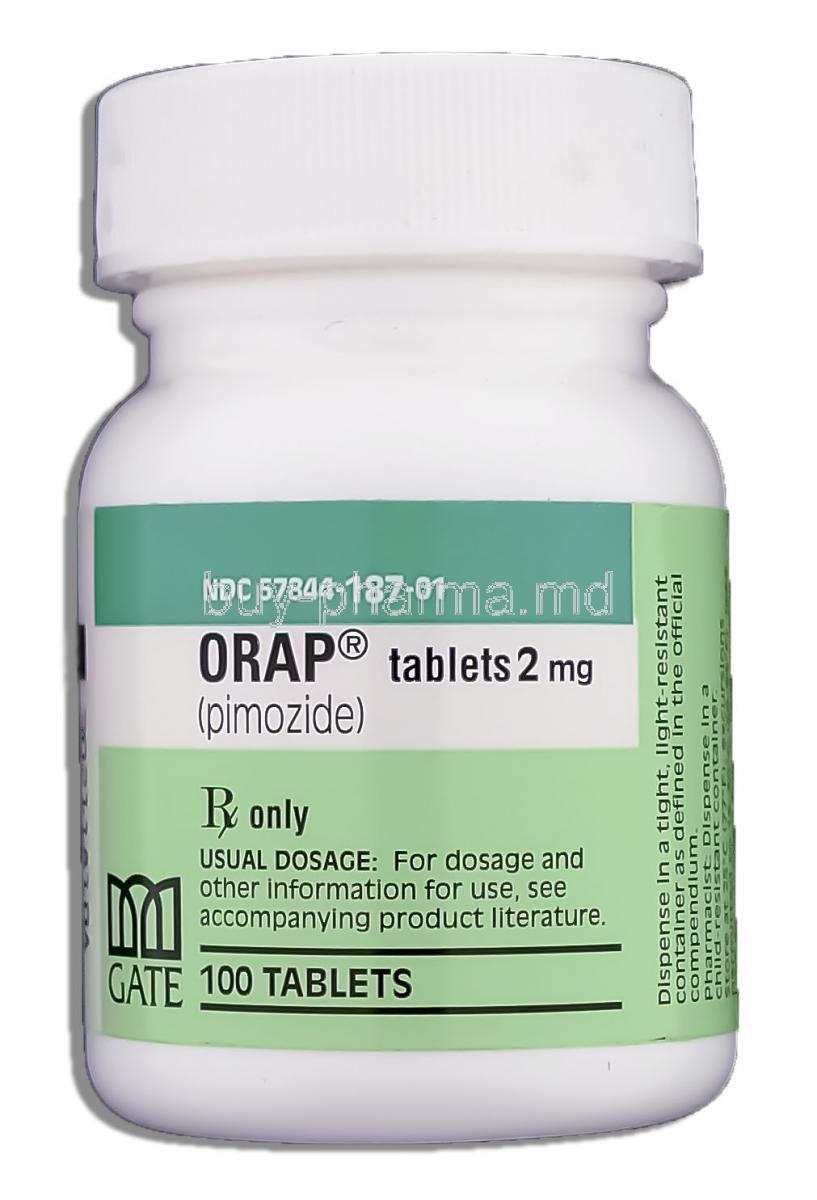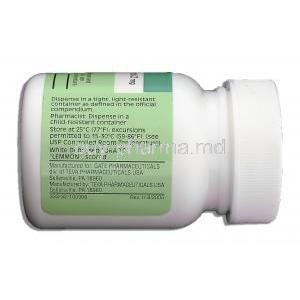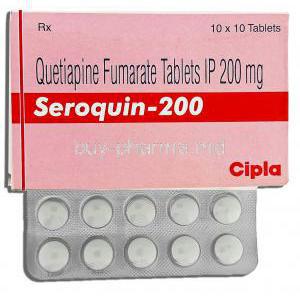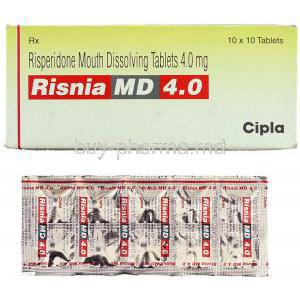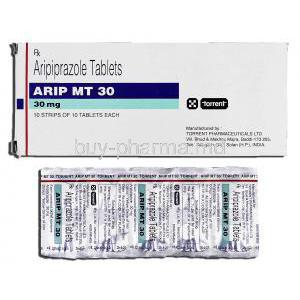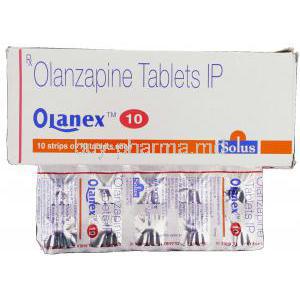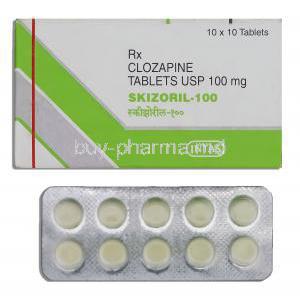Orap
Introduction
Orap, known as pimozide, is a medication commonly prescribed to help manage Tourettes syndrome. It has played a role in treating involuntary motor and vocal tics, providing much-needed relief to many patients. The development of Orap dates back to the 1970s when it was initially intended for treating psychoses. However, through clinical trials, its remarkable effectiveness in combating Tourettes syndrome was discovered, solidifying its importance as a critical therapeutic option in this specific field.
Uses
Orap (pimozide) is an antipsychotic drug that is used to suppress the motor and phonic tics associated with Tourette’s disorder 12. It works by blocking dopamine receptors in the brain, which helps to regulate the activity of this neurotransmitter and control the tics that are typical of Tourette’s syndrome 2.
How it Works
The pharmacological mechanism of Orap lies in its ability to inhibit dopamine receptors. This helps control the activity of dopamine, a neurotransmitter associated with involuntary movements. Although the response time may differ for each, many patients report experiencing a decrease in tics after consistently taking Orap for a few weeks.
Off-label Use
Off-label use refers to prescribing a medication for a condition other than its officially approved indication. This requires the judgment and thorough evaluation of a healthcare professional 1. Orap (pimozide) is an antipsychotic drug that is used to suppress the motor and phonic tics associated with Tourette’s disorder 23. It has also been explored as a treatment option for conditions such as motor tics and even resistant schizophrenia 4. Numerous peer-reviewed publications provide evidence of Orap’s versatility. For example, a study published in the Journal of Clinical Psychopharmacology in the 1980s highlighted its effectiveness against chronic motor tics 5.
2: Drugs.com 3: RxList 4: Wiley Online Library 1: FDA 5: Journal of Clinical Psychopharmacology.
Dosage and Administration
Typical recommended doses: Generally, the prescribed amounts can vary from 1mg to 10mg per day, depending on how severe the symptoms are and the patient's characteristics. How it is taken: Orap is commonly ingested orally in tablet form. When and how often to take it: To achieve the outcomes, it is usually advised to take Orap consistently each day as instructed by your doctor.
Composition
Active and inactive components: Pimozide produces therapeutic benefits, while Orap contains additional substances such as calcium stearate and cornstarch. Regarding how Orap is available in the pharmaceutical market, tablets are the most commonly used form; however, ongoing research is exploring other possible formulations.
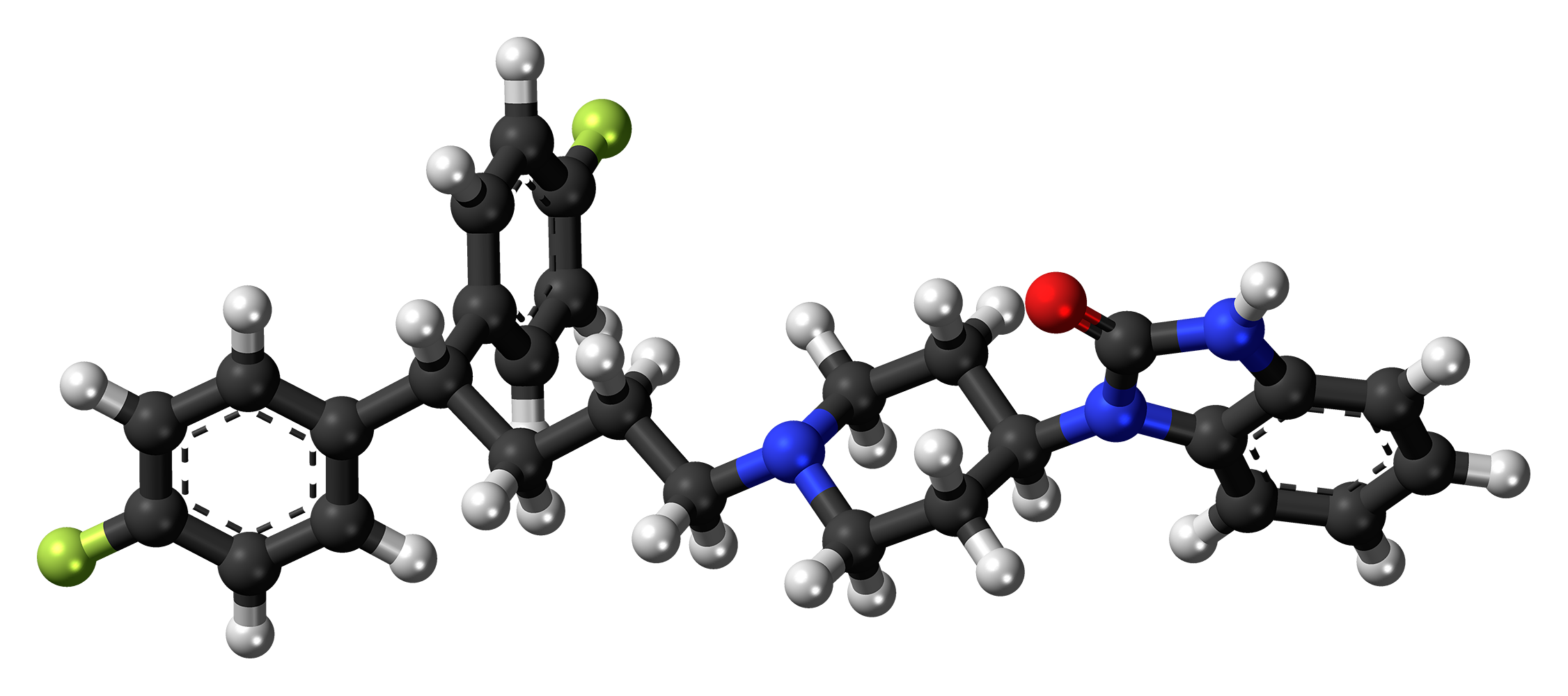
Storage
The recommended conditions for storing Orap are in a dry environment, ideally within the temperature range of 15 30°C. When properly stored, Orap maintains its effectiveness for up to three years from the manufacturing date. If you notice any changes in color, unusual odor, or physical abnormalities in the tablet, it is essential to be cautious about its quality and integrity.
Interaction
Side Effects
Common side effects such as drowsiness, dry mouth, and mild fatigue are often experienced when using Orap. However, these effects usually diminish as the body gets used to the medication. On the other hand, severe side effects, like irregular heartbeats, fainting, or intense dizziness, require immediate medical attention.
Warnings
Certain groups of people who are more vulnerable to specific health conditions, such as heart problems or imbalances in electrolytes, and those who are already taking other medications for mental health may need to be cautious when using Orap. The complex way Orap works can potentially increase the risks for these populations. It is essential to be careful or even avoid using Orap when there are prolonged QT intervals, known allergies to Orap, or when certain antifungal or antibiotic medications are being used. Assessing the situation carefully or avoiding using Orap altogether may be necessary in these cases.
Contraindication
There are cases where Orap should not be used. It should not be given to patients with known arrhythmias, long QT syndrome, or those already taking medications like sotalol or quinidine that can further lengthen the QT interval. In some situations, caution is needed when using Orap. This includes cases of liver impairment, elderly patients, or when other dopamine antagonists are being used. In situations, the risks and benefits need to be carefully considered.
Careful Administration
Certain groups of individuals may require dosage adjustments if they have liver or kidney problems. It is essential to understand a patient's metabolic condition to use Orap appropriately. Regular monitoring, including electrocardiograms (ECGs) to check QT intervals, liver function tests, and periodic blood counts, is crucial for ensuring the treatment's safety and effectiveness.
Important Precautions
Being aware of the indications of adverse reactions is crucial. It could be a sign of an adverse reaction if you experience symptoms like heart palpitations, unexplained fatigue, or significant dizziness. Recognizing and understanding these signs can play a role. If you suspect any complications, stop and seek medical advice. Acting promptly when faced with issues can help prevent further worsening of the situation.
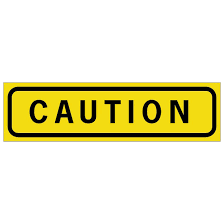
Administration to Specific Groups
Elderly: The elderly population, due to their physiological changes, may be more vulnerable to the side effects of Orap. It is often wise to start with doses and proceed cautiously. Pregnant Women and Nursing Mothers: Since there is research on the impact of Orap during pregnancy, its use in this situation remains uncertain. The potential benefits should be careful. Outweigh any possible risks.
Similarly, nursing mothers should consult their healthcare provider as it is unclear how Orap might pass into breast milk. Children: When using Orap in children, it is essential to evaluate the situation. Adjusting the dosage gradually, monitoring for adverse effects, and ensuring appropriate formulations for their age are all crucial considerations.
Overdosage
Identifying signs of an overdose of Orap: An overdose can present as sleepiness, abnormal muscle movements, or even dangerous irregular heart rhythms. In case of an overdose, seeking medical help, closely monitoring vital signs, ensuring proper breathing, and administering activated charcoal if required is crucial. These measures can potentially save lives.
Handling Precautions
Safe handling and disposal of Orap: Donning gloves while handling, ensuring the medication is stored away from children's reach, conscientious disposal and adhering to local regulations epitomize safe handling. Measures to prevent accidental ingestion or exposure: Utilizing child-proof containers, storing in a designated area, and immediately cleaning any spillages are indispensable.

